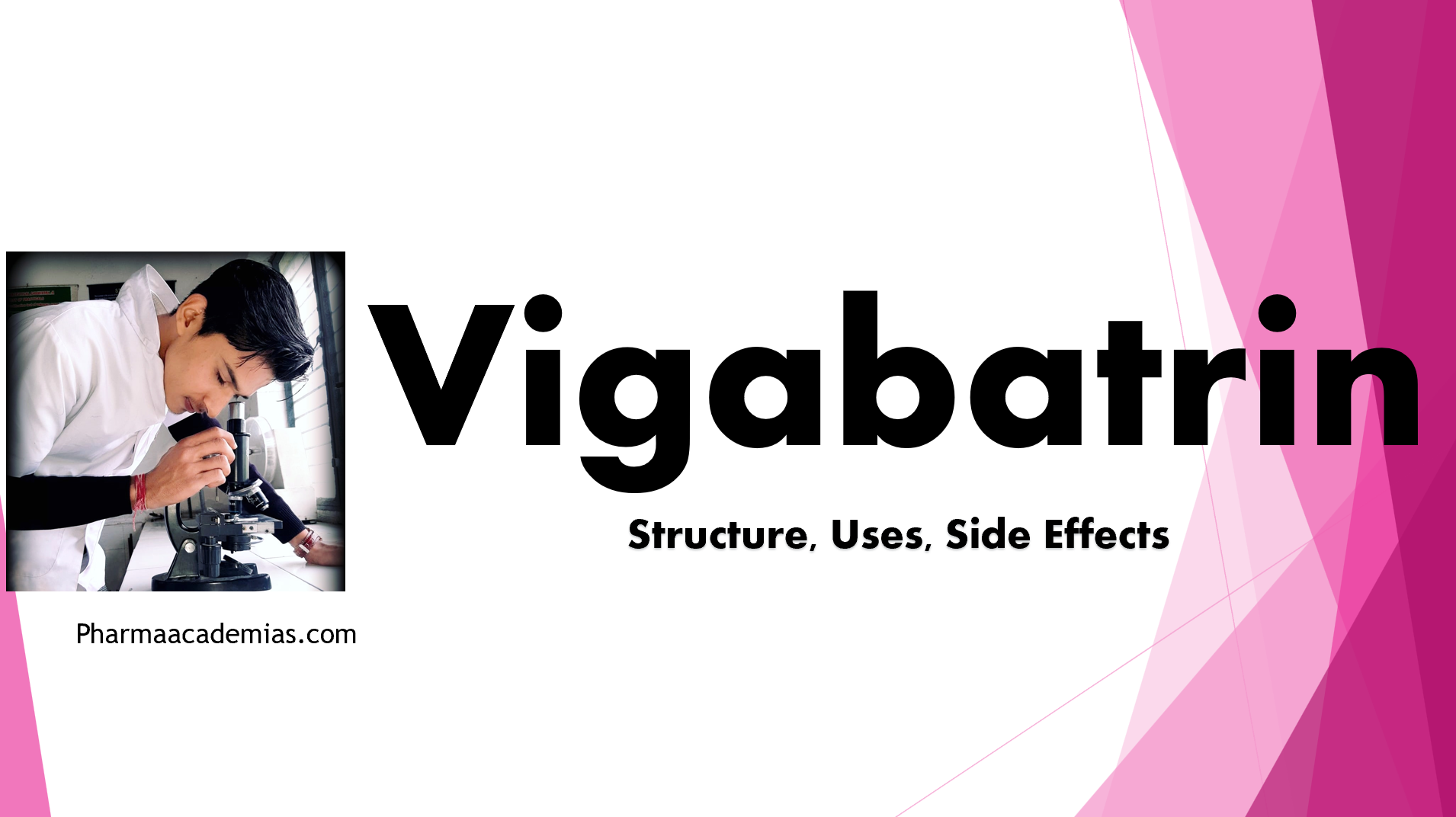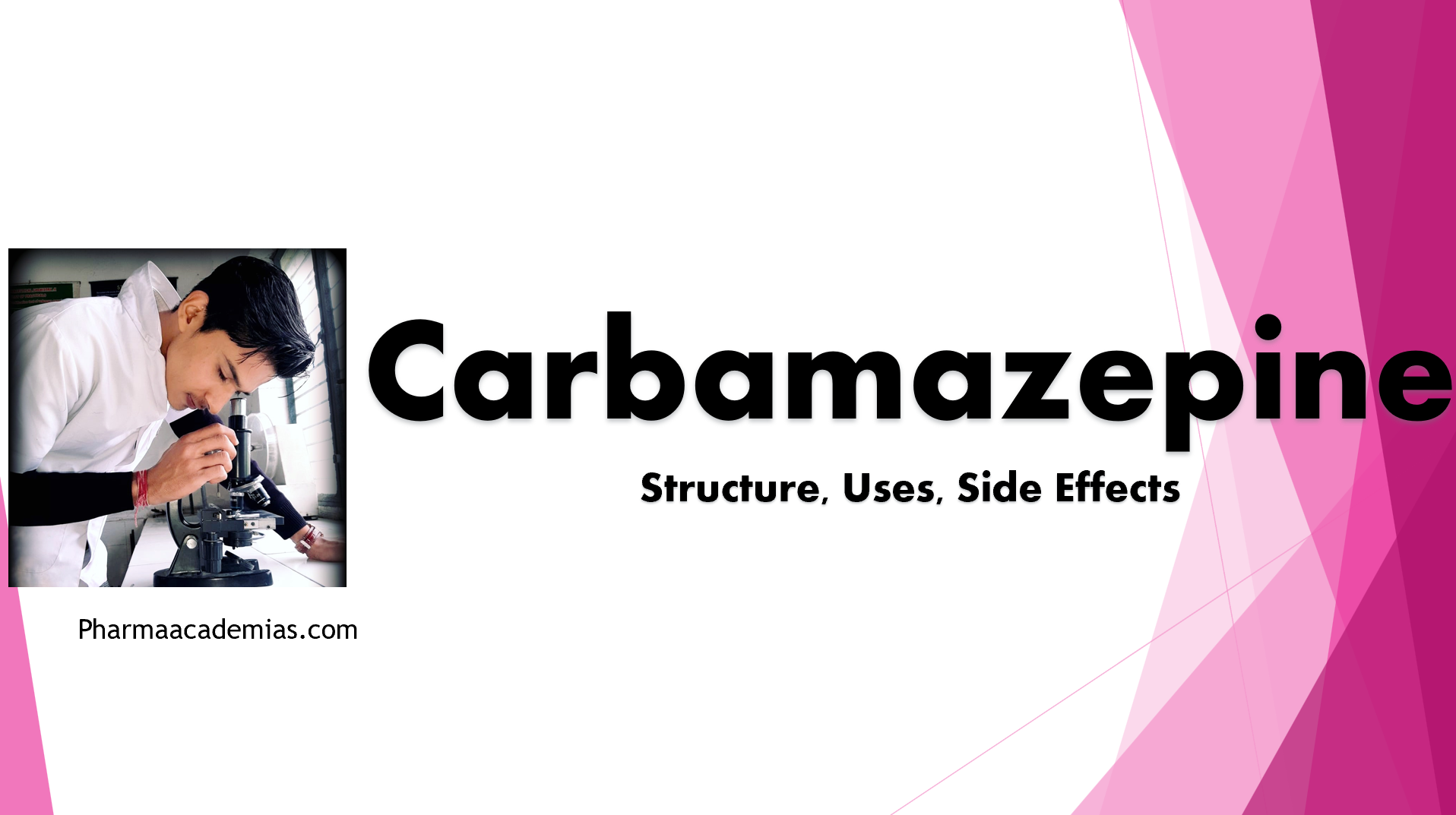Amitriptyline hydrochloride is a tricyclic antidepressant (TCA) medication commonly used to treat various mental health conditions. Here are some key points about amitriptyline hydrochloride: Mechanism of Action Amitriptyline works by inhibiting the reuptake of neurotransmitters, specifically serotonin and norepinephrine, in the synaptic cleft. This leads to increased levels of these …
Antidepressants – Definition, Classification, Mechanism
Antidepressants are a class of medications primarily used to treat depressive disorders, including major depressive disorder, dysthymia, and bipolar disorder. They influence the balance of certain neurotransmitters in the brain, particularly serotonin, norepinephrine, and, in some cases, dopamine. These neurotransmitters regulate mood, emotions, and overall mental well-being. Antidepressants can be …
Lamotrigine – Structure, Uses, Storage
Lamotrigine is a pharmaceutical medication used for various medical purposes. It is an anticonvulsant and mood-stabilizing drug known by its generic name, “Lamotrigine.” Doctors primarily use Lamotrigine to actively control and prevent epileptic seizures, including different types of seizures such as partial-onset seizures, tonic-clonic seizures, and absence seizures in individuals …
Vigabatrin – Structure, Uses, Storage
Doctors prescribe Vigabatrin as a pharmaceutical medication to treat epilepsy, especially in individuals with complex partial seizures, infantile spasms (West syndrome), and refractory epilepsy. It is also known by its generic name, “Vigabatrin.” Healthcare professionals primarily use Vigabatrin as an anticonvulsant, and it functions by increasing gamma-aminobutyric acid (GABA) levels …
Topiramate – Structure, Uses, Side effects
Topiramate, a pharmaceutical medication, serves various medical purposes. It is an anticonvulsant and antiepileptic drug, known by its generic name, “Topiramate.” Healthcare professionals primarily use Topiramate to manage and prevent epileptic seizures in individuals with epilepsy, encompassing different types of seizures, such as partial-onset seizures and generalized tonic-clonic seizures. Additionally, …
Gabapentin – Structure, Side effects, Side effects
Gabapentin is a pharmaceutical medication commonly used to treat various medical conditions. It is an anticonvulsant and antiepileptic drug, known by its generic name “Gabapentin.” Gabapentin manages and prevents epileptic seizures, effectively treats neuropathic pain, including diabetic neuropathy and postherpetic neuralgia (nerve pain after shingles). Gabapentin also occasionally alleviates symptoms …
Valproic Acid – Structure, Uses, Side effects
Valproic Acid, also known as Valproate, is a medication and pharmaceutical compound used for its anticonvulsant and mood-stabilizing properties. It is a chemical compound with the molecular formula C8H16O2. Valproic Acid is primarily employed in the treatment of epilepsy and bipolar disorder. It works by regulating neurotransmitters in the brain, …
Clonazepam – Structure, Uses, Side effects
Clonazepam is a prescription medication that belongs to the benzodiazepine class of drugs. It is primarily used to treat various medical conditions, including epilepsy, panic disorder, and certain anxiety disorders. Clonazepam acts as a central nervous system depressant and functions by enhancing the effects of gamma-aminobutyric acid (GABA), a neurotransmitter …
Carbamazepine – Structure, Uses, Side effects
Carbamazepine is an anticonvulsant medication and mood stabilizer used in the treatment of various medical conditions, including epilepsy, trigeminal neuralgia, bipolar disorder, and certain neuropathic pain disorders. It belongs to the class of drugs known as antiepileptic or anticonvulsant drugs and works by stabilizing neuronal membranes and reducing abnormal electrical …
Phenytoin – Structure, Uses, Side effects
Phenytoin is a medication commonly used in the treatment of epilepsy and seizures. It is an anticonvulsant, also known as an antiepileptic drug, that works by reducing abnormal electrical activity in the brain, which can help prevent seizures. Phenytoin is particularly effective in controlling partial seizures and tonic-clonic seizures. Phenytoin …










